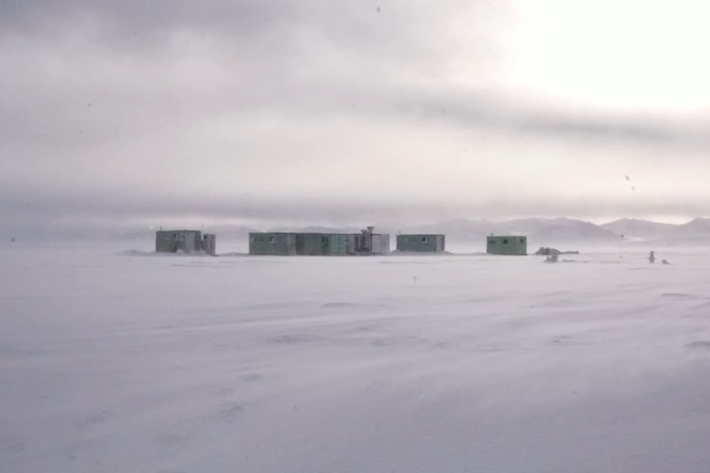-
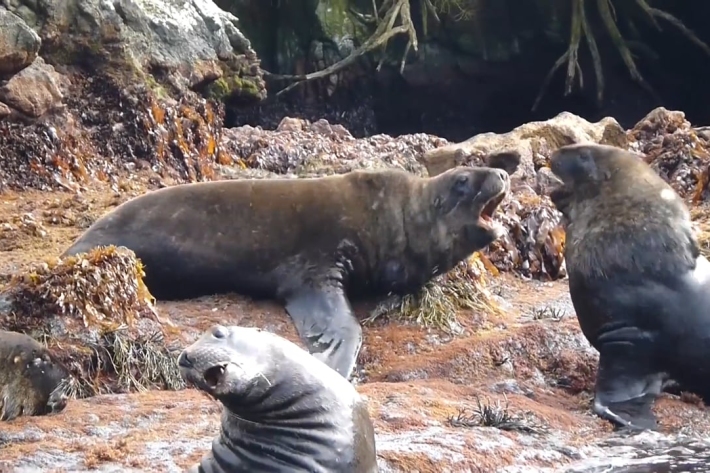
New Zealand sea lion mystery
The main breeding population of NZ sea lions at the Auckland Islands has declined by approximately 50% since the late 1990s. -

Critter of the week: Ophiactis abyssicola
Ophiactis abyssicola (Sars, 1861) is a very common deep sea species of brittlestar distributed throughout New Zealand waters and in temperate regions in the Pacific, Indian, and Atlantic Oceans. -
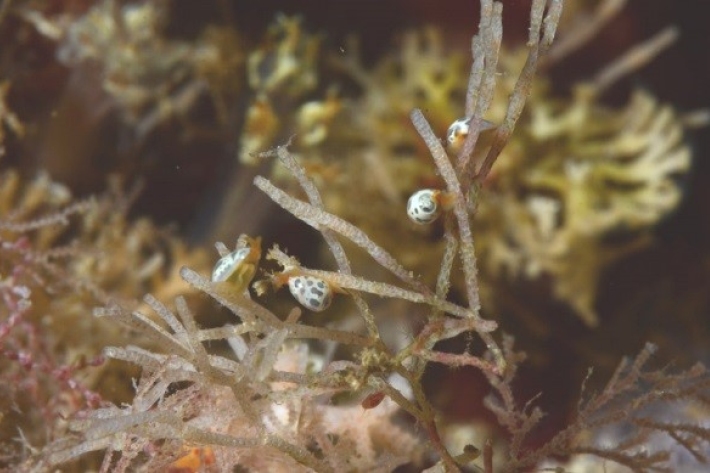
Critter of the Week: Gibberula ficula - rice snails
Gibberula ficula (Murdoch & Suter, 1906) are micro snails in the family Cystiscidae. -

CARIM (Coastal Acidification: Rate, Impacts & Management)
Research ProjectA NIWA-led project to tackle coastal acidification in New Zealand. -

When the river meets the sea, scientists will be watching
News article02 March 2016Scientists are taking some high-tech equipment to Fiordland next week to find out more about what happens when a river meets the ocean. -

Critter of the Week: Amphinome rostrata - marine bristle worm
Amphinome rostrata (Pallas, 1766), in the polychaete family Amphinomidae, can be found living amongst goose barnacles (species of Lepas) on drift objects in tropical oceans worldwide. -
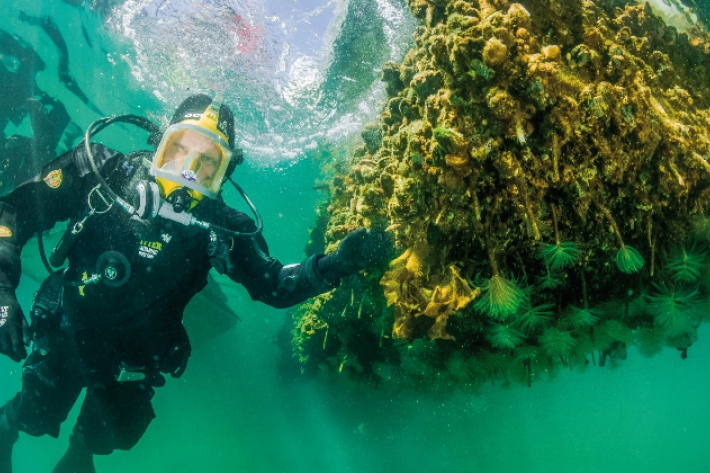
Scientists get boost to combat invasive marine pests
News article25 February 2016Work to protect New Zealand waters from an increasing number of invasive biological pests has received a funding boost to fight their spread. -

Mapping the ecosystem service potential of our coasts
Research ProjectEstuaries and coasts provide a wide range of benefits to New Zealanders – “ecosystem services”. However, we still don’t know enough about these ecosystem services – a challenge NIWA and other scientists are tackling with a new technique. -

Critter of the Week: Tokoprymno and Thouarella
Despite our growing understanding of the role of Antarctica in driving global climate regimes and regional patterns of marine diversity, the distribution and connectivity among deep-sea species across the Southern Ocean remain poorly known. -
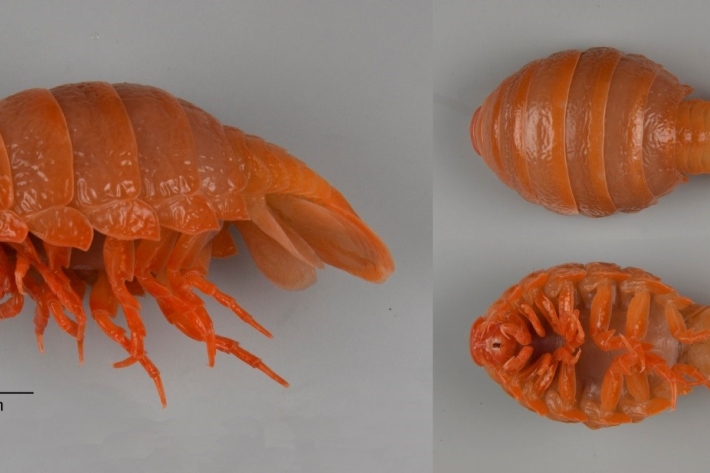
Critter of the Week: A rare find - Anuropus sp.
This rare isopod genus Anuropus, Beddard, 1886 was collected in a mesopelagic trawl from the Chatham Rise. -

Summer Series Week 5: The library with no books – inside NIWA’s Invertebrate Collection
News article20 January 2016The Invertebrate Collection, housed at Greta Point in Wellington, comprises about 300,000 jars or specimens but only about 100,000 are officially registered. With new specimens being discovered all the time, there is a lot of work to do.


